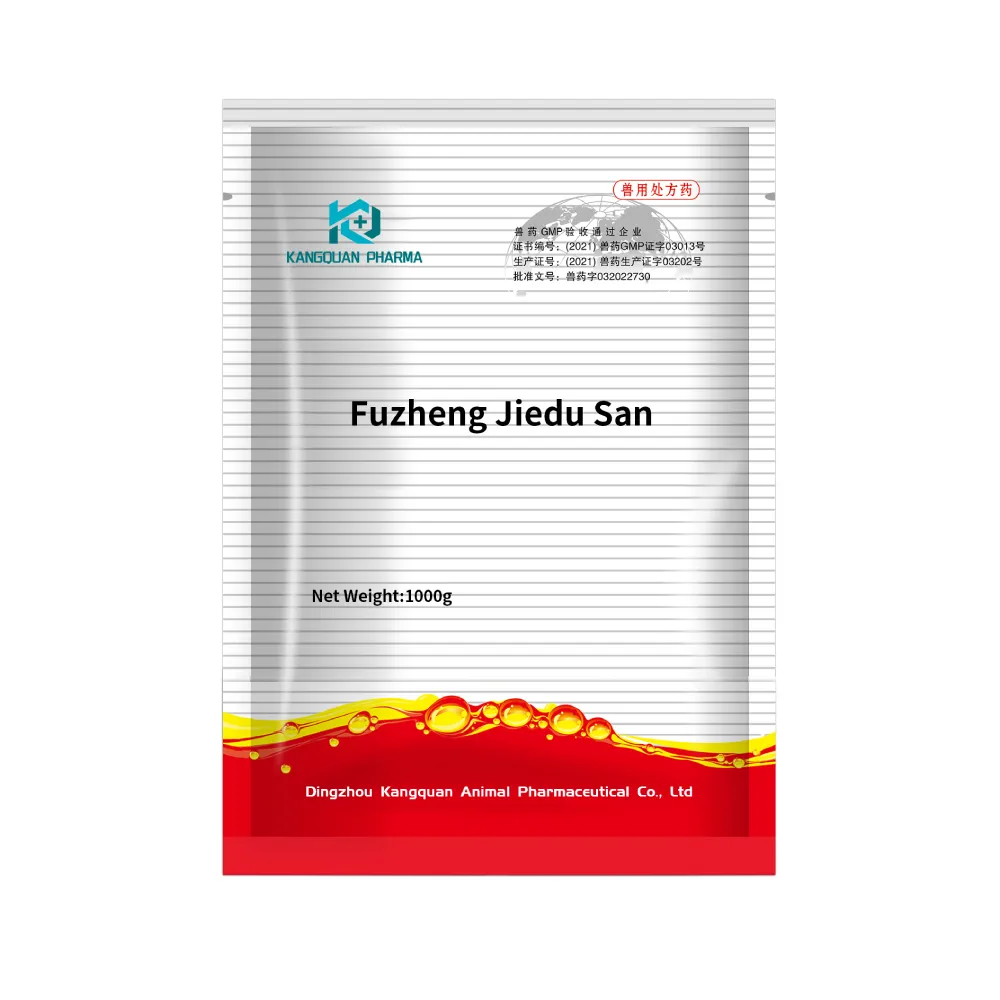- Afrikaans
- Albanian
- Amharic
- Arabic
- Armenian
- Azerbaijani
- Basque
- Belarusian
- Bengali
- Bosnian
- Bulgarian
- Catalan
- Cebuano
- Corsican
- Croatian
- Czech
- Danish
- Dutch
- English
- Esperanto
- Estonian
- Finnish
- French
- Frisian
- Galician
- Georgian
- German
- Greek
- Gujarati
- Haitian Creole
- hausa
- hawaiian
- Hebrew
- Hindi
- Miao
- Hungarian
- Icelandic
- igbo
- Indonesian
- irish
- Italian
- Japanese
- Javanese
- Kannada
- kazakh
- Khmer
- Rwandese
- Korean
- Kurdish
- Kyrgyz
- Lao
- Latin
- Latvian
- Lithuanian
- Luxembourgish
- Macedonian
- Malgashi
- Malay
- Malayalam
- Maltese
- Maori
- Marathi
- Mongolian
- Myanmar
- Nepali
- Norwegian
- Norwegian
- Occitan
- Pashto
- Persian
- Polish
- Portuguese
- Punjabi
- Romanian
- Russian
- Samoan
- Scottish Gaelic
- Serbian
- Sesotho
- Shona
- Sindhi
- Sinhala
- Slovak
- Slovenian
- Somali
- Spanish
- Sundanese
- Swahili
- Swedish
- Tagalog
- Tajik
- Tamil
- Tatar
- Telugu
- Thai
- Turkish
- Turkmen
- Ukrainian
- Urdu
- Uighur
- Uzbek
- Vietnamese
- Welsh
- Bantu
- Yiddish
- Yoruba
- Zulu
Nov . 24, 2024 13:44 Back to list
Recommended Oxytetracycline Dosage for Cattle Health and Treatment Guidelines
Oxytetracycline for Cattle Dosage and Administration
Oxytetracycline is a broad-spectrum antibiotic belonging to the tetracycline class, widely utilized in veterinary medicine, particularly in cattle. Its effectiveness against a range of bacterial infections makes it a crucial tool in livestock management. Understanding the proper dosage and administration of oxytetracycline is fundamental for ensuring the health and productivity of cattle, while also adhering to safety and regulatory standards.
Indications for Use
Oxytetracycline is prescribed for various conditions in cattle, including respiratory infections, mastitis, and pinkeye. It is effective against certain types of bacteria, such as Mycoplasma, Pasteurella, and others that are responsible for common ailments in cattle. In addition to its antibacterial properties, oxytetracycline has been noted for its anti-inflammatory effects, which can aid in reducing symptoms associated with infections.
Recommended Dosage
The appropriate dosage of oxytetracycline can vary based on the specific condition being treated, the age and weight of the animal, and the formulation of the drug. Typically, for cattle, the dosage ranges from 6 to 10 mg per kilogram of body weight when administered intramuscularly, with the total daily dose depending on the severity of the infection.
For example, if treating an adult cow weighing 600 kg, a dose of approximately 3.6 to 6 grams of oxytetracycline may be prescribed. It is important to note that dosages should always be confirmed with veterinary guidelines and adjusted according to the professional judgment of a veterinarian.
Routes of Administration
oxytetracycline cattle dose

Oxytetracycline can be administered via several routes, including intramuscular (IM) and intravenous (IV) injections, as well as oral formulations
. The IM route is the most common for clinical use due to ease of administration and quick absorption into the bloodstream.When using the oral route, oxytetracycline can be mixed with feed or water, allowing for mass treatment in larger herds. However, accurate dosing can be more challenging with this method, as individual consumption may vary among animals.
Safety and Precautions
While oxytetracycline is generally considered safe for use in cattle, there are important precautions to take. Overuse or misuse of antibiotics can lead to antimicrobial resistance, posing a significant threat to both animal and public health. Farmers should adhere to recommended dosing guidelines and withdrawal times before sending cattle to market, ensuring that antibiotic residues do not remain in the meat or milk.
Additionally, oxytetracycline should not be administered to pregnant or lactating cows without prior consultation with a veterinarian, as it may have implications for the developing fetus or the nursing calf.
Conclusion
Oxytetracycline remains a vital antibiotic in the management of cattle health. Proper dosing and administration are essential to maximize its benefits while minimizing risks. Regular consultation with a veterinarian ensures that the use of oxytetracycline remains safe and effective. By adhering to best practices in antibiotic use, cattle producers can maintain herd health and productivity, while also contributing to a more sustainable agricultural system. Careful monitoring and responsible use of this powerful antibiotic will help safeguard animal welfare and public health in the long term.
Farmers and livestock managers must continually update their knowledge on veterinary pharmaceuticals, ensuring they stay informed about the latest research, guidelines, and best practices to optimize the health of their cattle.
-
Guide to Oxytetracycline Injection
NewsMar.27,2025
-
Guide to Colistin Sulphate
NewsMar.27,2025
-
Gentamicin Sulfate: Uses, Price, And Key Information
NewsMar.27,2025
-
Enrofloxacin Injection: Uses, Price, And Supplier Information
NewsMar.27,2025
-
Dexamethasone Sodium Phosphate Injection: Uses, Price, And Key Information
NewsMar.27,2025
-
Albendazole Tablet: Uses, Dosage, Cost, And Key Information
NewsMar.27,2025













